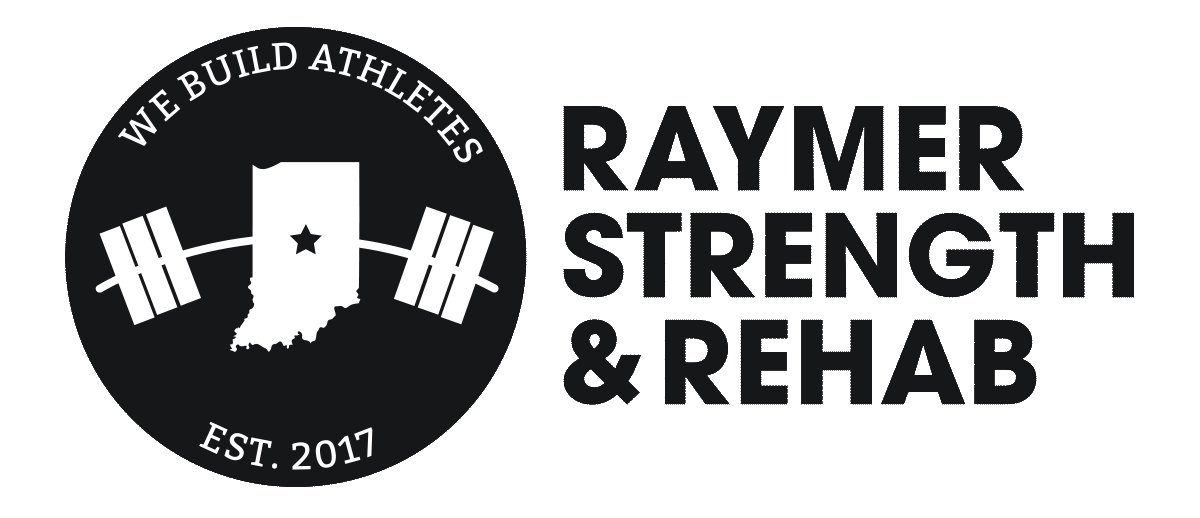Effective exercises for core training... and why it's important
SPOILER ALERT: It’s not supermans, side planks, or anything with a bosu ball.
And I promise this is not a joke, but the best way to achieve trunk muscle activation is not doing “abs.”
It’s actually doing weighted squats and deadlifts, and lifts that use those as components, like the clean.
But… don’t take my word for it.
In a study published in 2007, researchers compared 80% of 1 Rep Max Deadlifts and Squats to body weight squats, supermans, and side bridges (side planks). The researchers found that the 80% 1RM Squat and Deadlifts were more than 50% more effective at recruiting the erector muscles in the back (and yes, those are still a part of your core). They were also at least as effective at recruiting trunk muscles in the front of the body (obliques and lower abdominals) as the other exercises.
What did this lead them to? People performing “upright, resisted, dynamic exercises can achieve high trunk muscle activation and thus may not need to add instability device exercises to augment core stability training.”
This is a widely accepted fact in the strength and conditioning community. This Systematic Review of 16 research studies confirmed that exercises with a vertical start position (like the squat and deadlift) “activated significantly more core muscles than exercises in the horizontal initial position.”
Here’s a snapshot of what we do at Raymer Strength.
The “core,” also known as the “trunk,” is everything below the chest and above the mid-thigh, all the way around from the front to the back. It’s not just the abdominals and obliques.
These movements not only train the core but also help develop power, speed, and overall strength when programmed appropriately by a qualified Strength coach. It’s all about effectiveness and efficiency to make the most of our athletes’ investment.
Better Core Control Reduces Chances of Injury
Why is training the core important for athletes of all ages?
It feels counterintuitive that core strength and control can influence injuries in the extremities, but once again, let’s turn to the research.
Reduced risk of shoulder and elbow injuries in baseball pitchers by 66% (study)
Reduce soccer players chances of ankle injuries by 25% (study)
Reduce the chance of all-sport ACL tears by 25% (study)
Reduce the risk of hamstring tears by 20% or more in soccer players (study)
Reduce the risk of all injuries in NCAA basketball players (study).
Why is this the case? A stronger core means an athlete is more balanced, more stable, and more in control during those intense sport situations (or life situations) that would otherwise put a person at a higher risk of non-contact injury. I’m not just talking about youth athletes, but parents as well. Y’all have to be athletic to keep up with your children!
What’s core control? Larson Sports and Orthopedics did a great job summarizing what Core Control means.
So, is a stronger core the silver bullet for injury reduction? Of course not, but it is a tool in the tool chest. See my post on Deceleration Training and how important that is to help reduce the chances of non-contact injury.
So, the next time you think about reaching for the Russian twisting, side planking finisher for your workout, consider how the rest of your workout was structured. Did it include the powerfully effective weighted squat or deadlift? Maybe it should (under the right supervision).
At Raymer Strength, we are laser-focused on not only increasing an athlete’s strength, speed, and power, but also reducing the chances of non-contact (and contact) injuries through expert programming and guidance.
Interested in training with us?

